In December the Gate of Heaven synagogue in Thane, a city that links the peninsula of Mumbai with the Indian mainland, will light the Chanukah menorahs as it has annually since its opening in 1879. Among the initial members were Jews whose ancestors may have arrived in India during the time of King Solomon, when Middle East trade routes were established to exchange iron, peacocks, gems, ginger and other spices.
Over the many intervening centuries, waves of Jewish immigration have washed up on the Indian shores from different ends of the earth. The varying groups came with separate traditions and practices and ways of living, but they shared prayers and faith, a distinct identity in a country where identity carries great importance. In the decades since India became independent, they have found in common a desire to leave. What is most striking about the Thane synagogue is that among the many congregations that once dotted the major cities of India, it alone has enough members and children to survive for another generation.
The Jewish population of India peaked at perhaps 40,000 in the 1940s. With the exception of the Bnei Menashe Jews, a northeastern group that emerged in the 1980s claiming ties to one of the lost tribes of Israel, and several tiny communities that have since come forward, there are perhaps 2,000 Jews in India today. That compares to perhaps 80,000 Indian Jews (born in India or of Indian parentage) living in Israel and many thousands more throughout Britain, Canada, Australia and America. Of those who have stayed, some 40 percent live in Thane for reasons that no one truly understands. Perhaps these congregants are unusually resolute, but even their membership has halved in recent decades. Many involved with the broader Jewish community believe all of it, meaning most Jews, will disappear from India entirely within two decades.
The two best known synagogues in Mumbai, Magen David and Knesset Eliyahoo (built by the Sassoon family, of which more below) remain active only because the traditional standard for a minyan is met by a paid group of ten elderly men. A sister synagogue in Pune serves a tiny, aging community that reaches a minyan only with the inclusion of the women attendees. Mumbai’s other synagogues are largely quiet and never overflowing as had been the case in the early to mid-twentieth century when their members were young, and the city arranged for special bus and tram tickets, so money need not be exchanged on Shabbat.
Nine hundred miles to the south of Mumbai, in Cochin, the Kadavumbagam Synagogue, which claims to have been founded in the twelfth century and to be the oldest active shul in the country, has a single remaining member: a man who runs a goldfish store in the front room that once served as a crowded yeshiva. He sits alone on a small bench he shared with a father who died years ago; his two daughters have emigrated to Israel. There is no obvious successor. If his synagogue follows the path of the old, but not as old, Paradesi Synagogue in Cochin’s old “Jew Town,” in the not-so-distant future it will become a museum for curious tourists. That approach is often seen as the best approach for preservation elsewhere, like China and Eastern Europe. There is, of course, no shortage of stories about Jews pulling up stakes. It is the theme of the second book of the Torah and been repeated multiple times since, but the impetus has invariably been persecution. The only concerted evidence of that sort of persecution in the Indian subcontinent took place in sixteenth-century Goa, when the Portuguese adopted the Iberian inquisition.
More often, India has been a refuge for Jews. The most visible example has been in the case of David Sassoon, who arrived in 1830 after escaping anti-Jewish purges in Baghdad. From Bombay, through his own prodigious efforts and the deployment of many sons, he ran a business empire with outposts in Singapore, Hong Kong, Shanghai and London. Infamously, he traded early on in opium, but also effectively in hides, horses, textiles and gems; he had a large presence in shipping, insurance, property and banking. Through the family’s many cotton processing factories — their spinning and dyeing operations exported goods globally — the Sassoon entities run by various descendants became Mumbai’s largest employer.
A Sassoon descendant who now lives in London, Edwina Grodzinski, recalls a childhood in the 1940s and 1950s spent bouncing happily between the packed Knesset Eliyahoo, an active Habonim youth group and a Jewish camp in Matheran, a nearby hill station, in the winter. As she grew up, this world moved elsewhere. By the time she left India to attend college abroad in the late 1960s, the synagogue had emptied, the camp had closed.
Today, the only identifiable remnant of the Sassoon business empire in Mumbai is the Raymond Group, originally a family woolen manufacturing operation named for a relative. It was purchased by an Indian family in 1944. Two schools started by the Sassoons to provide Jewish education now have only four Jewish students. Another Jewish school founded by the Kadoorie family, prominent from the eighteenth through the nineteenth centuries, has none, a rusted star of David in the metal work of its entry gate the only hint of its past. In Kolkata, it has been decades since the Jewish Girls School had a Jewish student.
The completeness of the Jewish exodus from India is somewhat puzzling. Many who left retain a deep affection for India, visit regularly and find the departure difficult to discuss. Their childhoods included strong friendships with Muslim neighbors whose children and grandchildren are now the primary attendees of the old Jewish schools and even have weddings on synagogue grounds. The most frequent reasons cited for the exodus are tautological: departures are attributed to other departures. A man whose father was a kosher butcher says the customers moved away; others say they left because the kosher butcher and other pillars of Jewish life had gone. The departures of the large, wealthy business families likewise created an unfillable hole. An Indian Jewish historian now living in Israel goes so far as to argue the remaining population lacked sufficient talent to run existing community organizations and create new ones.
Again and again the issue of marriage is mentioned. India is a country where the weekend papers are still full of classified advertisements for suitable brides and grooms of every confession, arranged within the framework of the class system. An article published in August in the newspaper Mid-Day was headlined “Why is dating so difficult for single Jewish people in India?” Answer? Because there are so few. To be Jewish in India is to know everyone cited in the articles. But this sort of narrowness does not have to be the last word — in recent years, just across the Arabian Sea in the United Arab Emirates, new, packed Jewish congregations have emerged out of the sand.
The second reason typically cited is the magnetic allure of Israel, which became a state just as India left the Raj and was partitioned. Israel has certainly played a role, not least because of its willingness to issue visas. And many of those who left doubtless did so out of religious or ideological conviction. But other countries did not see such wholesale departures.
So what caused the exodus? The early years of the shift from British to Indian administration were inevitably chaotic, with riots in the streets of major cities and the carnage that accompanied Partition, but the 1940s and early 1950s were difficult for many countries. Hong Kong, for example, lost much of its population during World War Two before slowly, then quickly, recovering. With India’s change of government came fundamental changes to the economy. Nehruvian socialism, with its emphasis on big, state-controlled business, and the associated Permit Raj with its hands-on resources and activities, along with the reservations created for selected domestic groups, resulted in a demonstration of how uncomfortably government-driven economies fit with demographic pluralism, regardless of intent.
Wealthy Baghdadi Jews are often said to have been the first to go, but perhaps their prominence merely made them the easiest to see. Quietly several small but distinct non-Jewish communities, among them Armenian, Chinese, Dutch and Greek, melted away. With rare exceptions, none were targeted, but India’s government-driven economic approach had the unintended consequence of creating a two-tiered economy. At the top were a small number of state-run and state-supported businesses along with a few private companies with enough accountants and experts in official relationships to operate in this new political world. Beneath that small grouping was, and still is, a far larger second tier comprising most of the population. Participants in this “informal” sector work in farming, retail and other tiny businesses that slid under the government’s radar. Operating between these levels became infeasible. This problem, though somewhat diminished, continues to haunt India today and is reflected in the tiny share of the economy in formal hands.
The issue comes alive in talks with émigrés. In a conversation in Israel across a counter piled with small packages of spices, the Indian-born shop owner, who has a thriving business selling Indian products, says he simply wasn’t smart enough to cope with the complexities of the new Indian system. A long line of customers waiting to pay nod in agreement. Other interviews in Israel as well as in London and New York describe an escalating list of challenges that hobbled industries where Indian Jews worked. The mills the Sassoons left behind in what was once a world textile center were consumed by strikes in the 1980s and an accompanying thicket of bureaucratic operating restrictions. Only in recent years, after litigation and political deal-making, are they finally being transformed into housing and malls. Global trading operations of the sort that the Sassoons, and many others, ran out of the Kala Ghoda district on Mumbai’s southern tip have shifted to countries with lighter taxes, less intrusive rules and easier environments to do business, notably Singapore and Hong Kong and more recently Abu Dhabi and Dubai. It is probably not coincidental that these cities have vibrant Indian communities and full synagogues.
The Indian government is aware of the forces that push people and their businesses away. In Prime Minister Narendra Modi’s successful initial run for office, he vowed to impose “minimum government” and take steps to cut away red tape, reduce taxes and moderate bureaucracy, but these efforts have been accompanied by the routine imposition of new tariffs, production subsidies, taxes and rule changes. Whether the system has become more open to those who aren’t well-connected to Modi is a difficult call.
Emigration statistics suggest the many distinct small Indian Jewish communities that left after the country’s independence may have merely been a step ahead of the larger population. But inflection points are hard to detect. India’s economy is growing in a sluggish world; there are stories of talented graduates with options abroad now staying home. A simple way of seeing whether India has become easier and more open may be to simply visit one of the old synagogues. If you are not alone, and if you see children, it will be a sign.
This article was originally published in The Spectator’s December 2023 World edition.



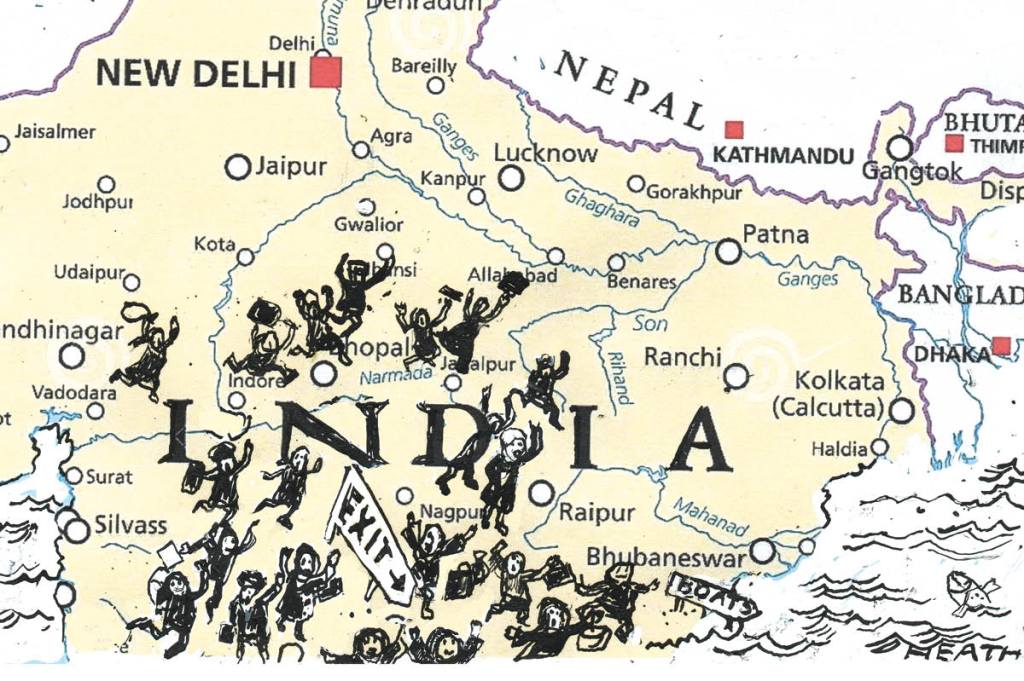








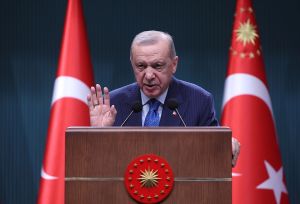

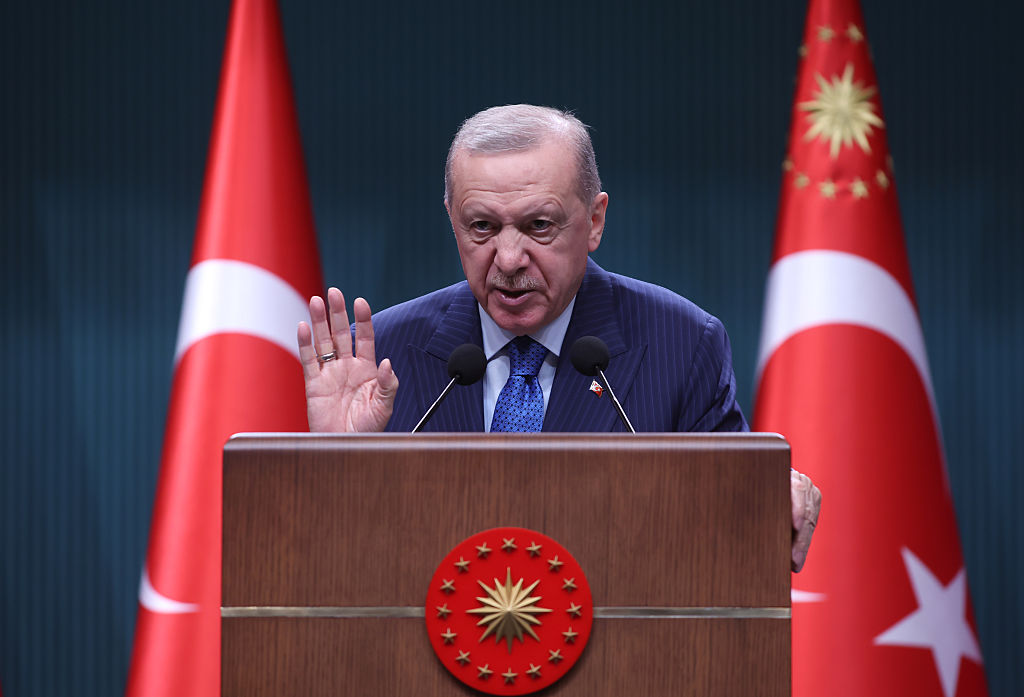

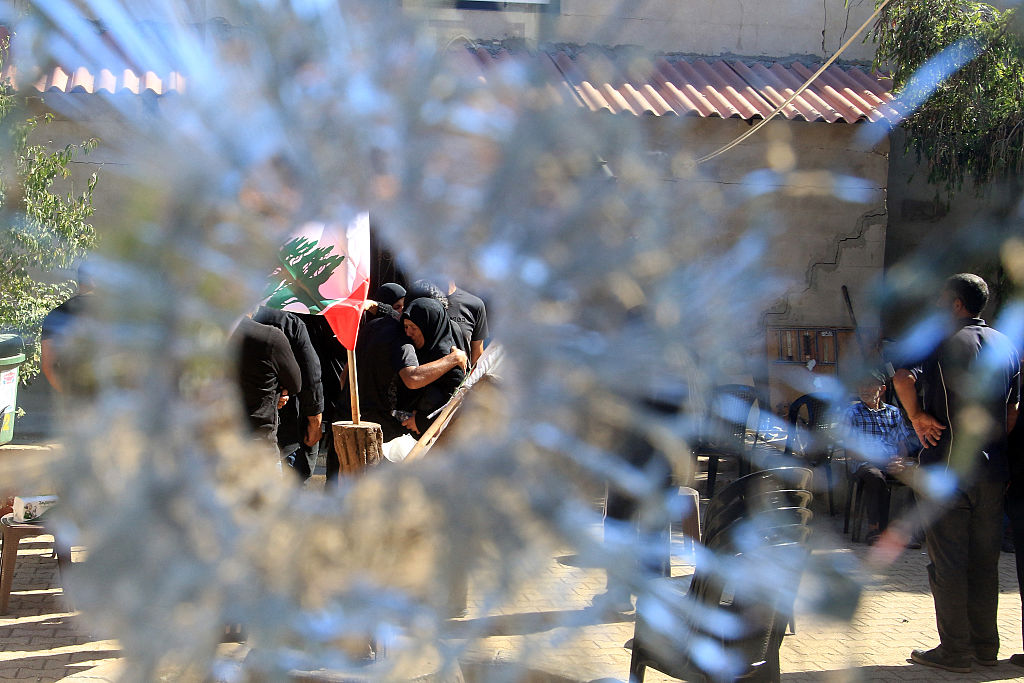

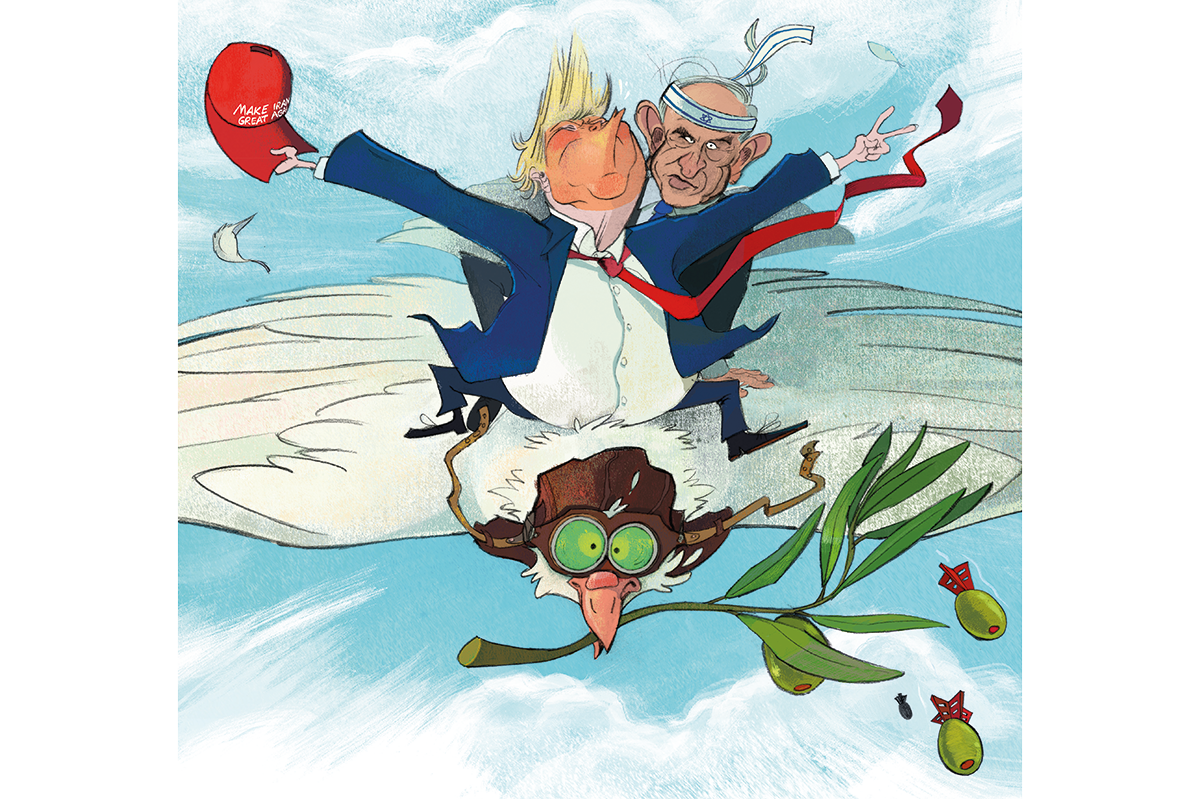







Leave a Reply